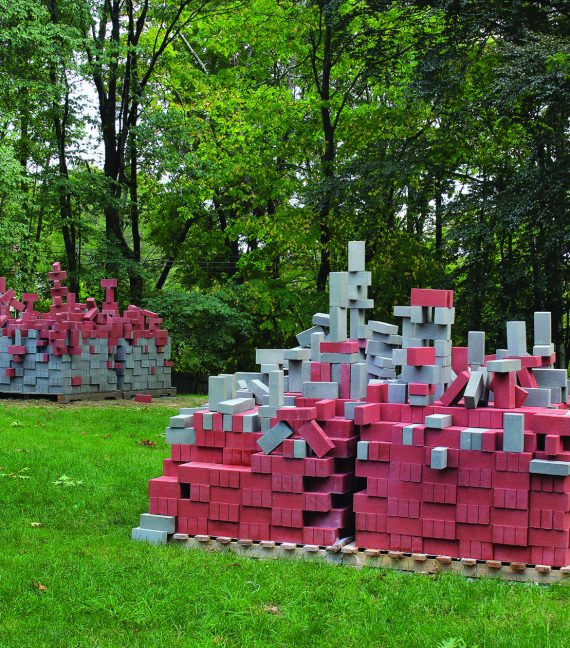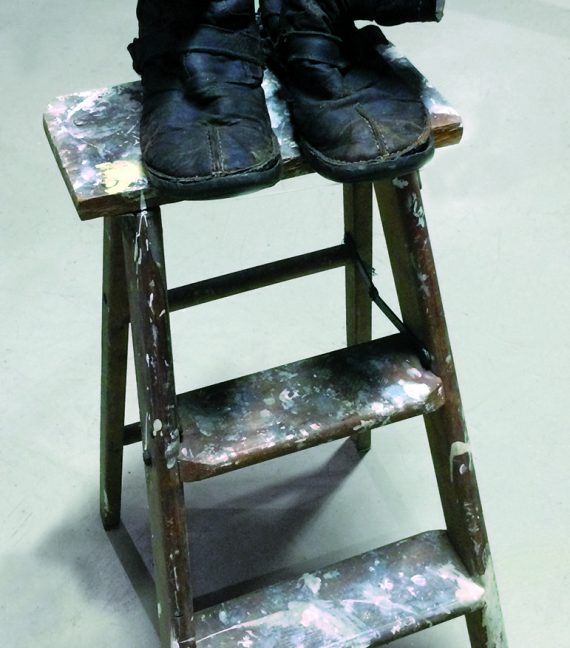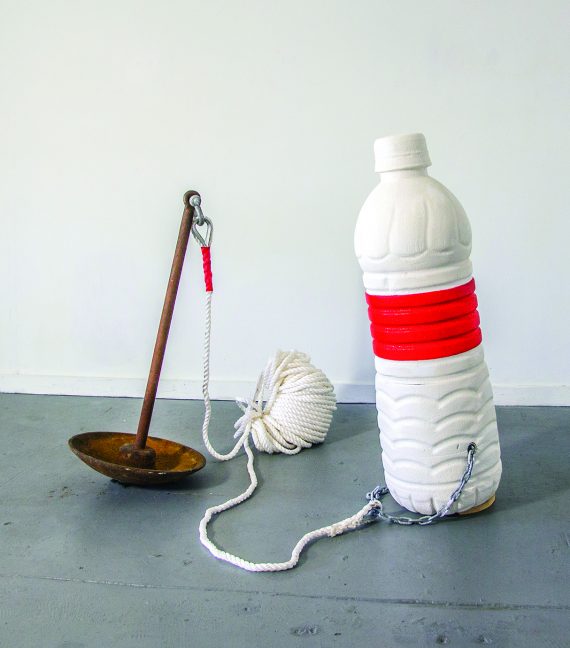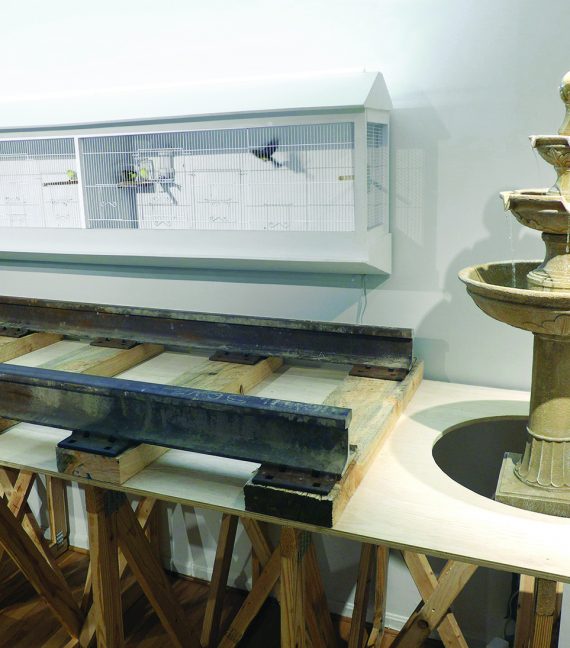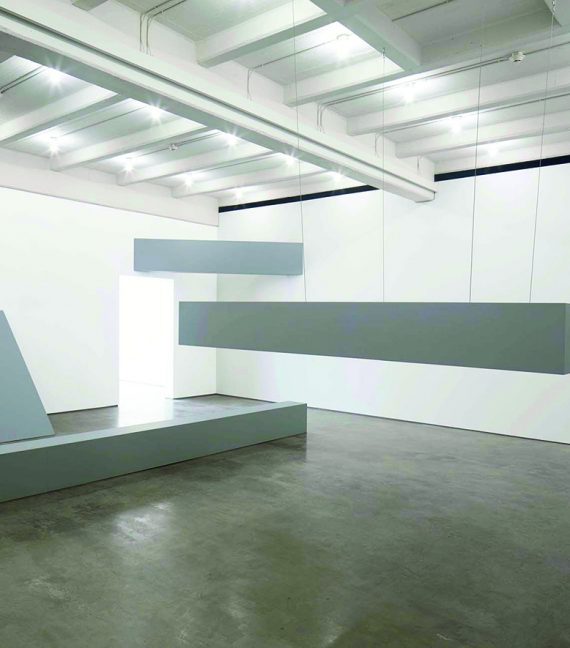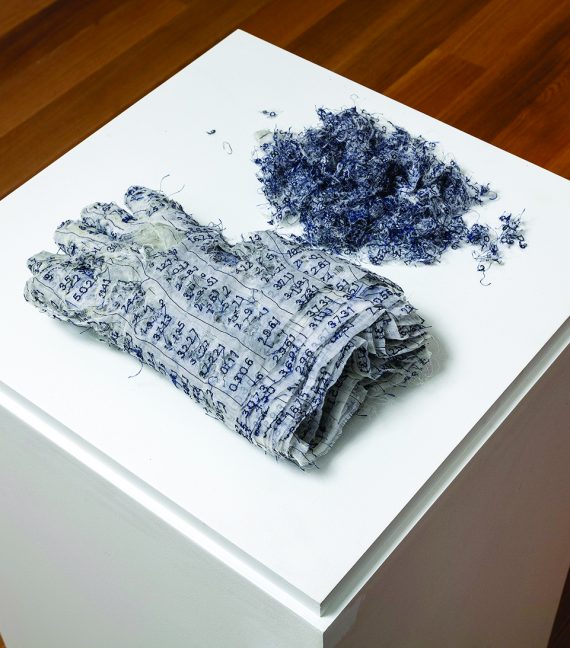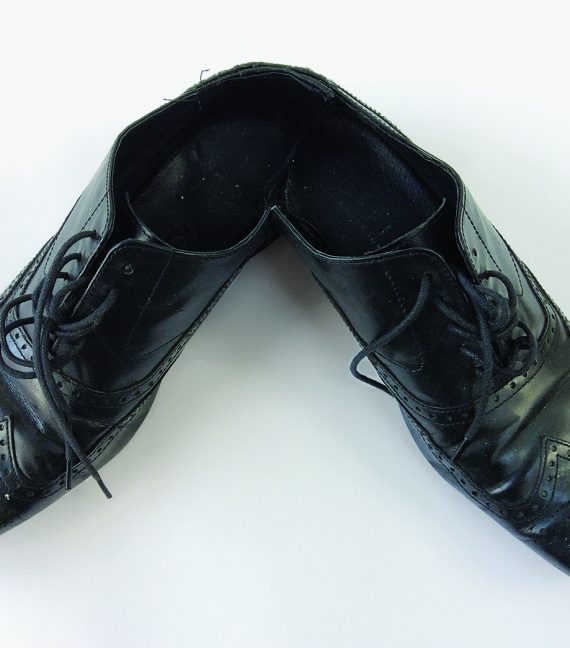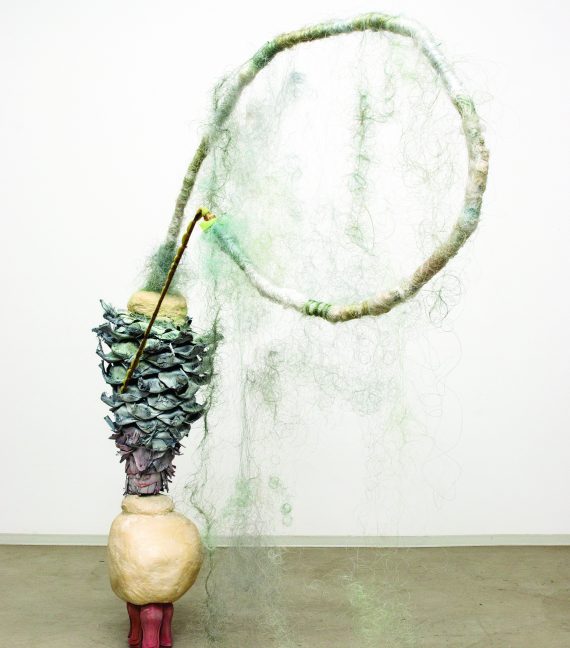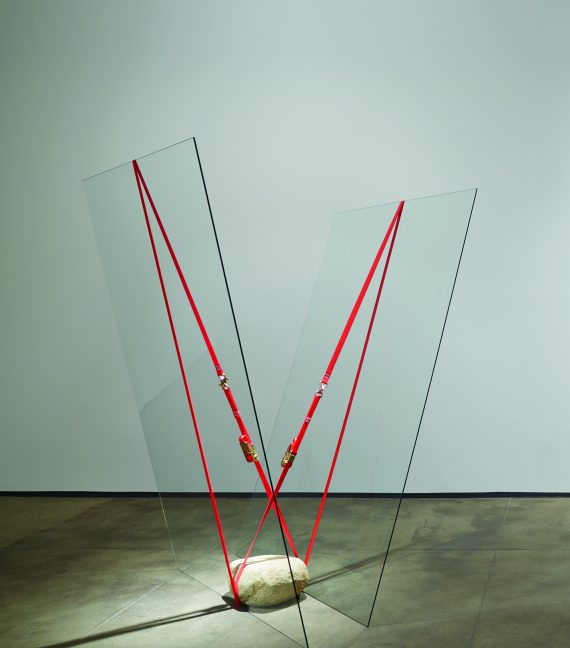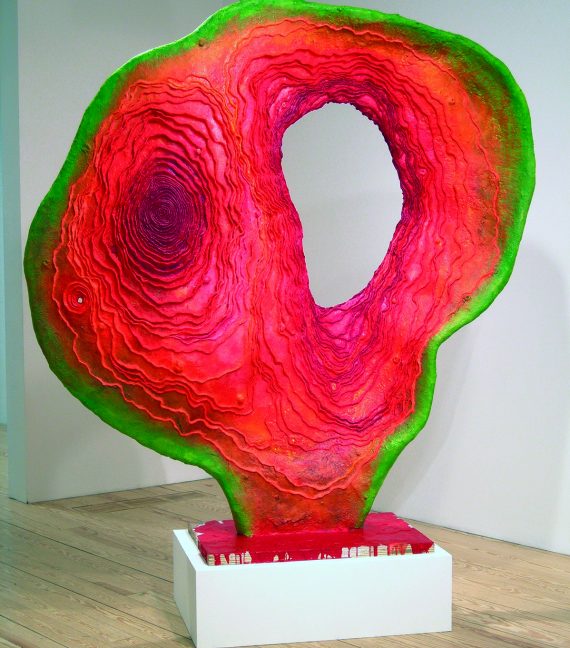LINCOLN, MASSACHUSETTS deCordova Sculpture Park and Museum deCordova’s 2016 New England Biennial left me struggling with the definition of “sculpture” as it’s currently understood. The work of Heather Leigh McPherson is a case in point: it hangs on the wall, looking like a painting. But it’s made of an acrylic puddle poured over chiffon dyed in sorbet colors, and encased in each acrylic sheet is a scribble pad crayoned with two-dimensional scrawls. One sheet of plastic even contains a cigarette lighter. Multi – media, video, wall-hung pieces, interactive readymades-this biennial had them all, but not much in the way of traditional sculpture.
“New Sole of the Old Machine: Steampunk Brockton— Reimagining the City of Shoes”
BROCKTON, MASSACHUSETTS Fuller Craft Museum Steampunk can be described as a fantasy world at the intersection of Victorian history, science fiction, and advanced steam-powered technology. Fuller Craft Museum curator Beth McLaughlin and “Steampunk Guru”/artist Bruce Rosenbaum recently invited artists to be part of a “retro-future exhibition”—”New Sole of the Old Machine,” which used the tenets of steampunk to reimagine the city of Brockton by fusing a modern sensibility with industrial antiques. Participating sculptors were interested in objects not only as artifacts, but also as signifiers of other realities, both past and future.
Christopher Saucedo
NEW ORLEANS Good Children Gallery “Out of my own great woe,” wrote Heinrich Heine, “I make my little songs.” Analogous to the German writer’s transformation of “woe” into poetry, Christopher Saucedo turns natural disasters into prankish sculpture. In 2005, Hurricane Katrina flooded his home in New Orleans, leaving the living space covered with “exotic, colorful mold.” In 2011, soon after he moved to New York, Hurricane Sandy flooded his house and studio in Rockaway Beach, Queens. These catastrophes nonetheless are but grist for Sau – cedo’s comic mill.
Heather Theresa Clark
WASHINGTON, DC Hillyer Art Space Heather Theresa Clark comes to artmaking from the unusual background of urban planning, green development, and ecology. Every component of her installation, Maintenance, was carefully engineered to critique “exurban” life as she experiences it in Northern Virginia, being, in her words, “embedded in a landscape that feeds on cultural neurosis.” Clark posits that this neurosis derives from detaching labor from the basic survival needs of shelter, food, and clothing, instead basing exurban planning on consumer consumption.
Robert Morris
BEACON, NEW YORK Dia:Beacon Minimal Art evolved into prominence in the early 1960s. At the outset, the major sculptors included Donald Judd, Carl Andre, Sol LeWitt, Dan Flavin, and Robert Morris. I recall the term “epistemological Minimalism” associated with these five, coming from a critical essay by Robert Pincus-Witten. LeWitt soon made it clear that he was a “conceptual artist,” as noted in his well-known series of propositions published in 1967. Similarly, Judd, who worked as a critic at the outset of his career, thought of his sculpture as “empiricist,” not minimal—a refinement on his important 1965 essay, “Specific Objects.”
Ann Hamilton
PHILADELPHIA Fabric Workshop and Museum In an interview published by Phila – delphia’s FringeArts (2016), Ann Hamil ton described the dual impulses behind her four-decadelong practice and the multi-site exhibition she had recently mounted in the city: “Watching a raw material become a single thread, join other thread to become a warp or weft of a cloth or carpet, holds for me all the possibilities for making; sewing and writing are for me two parts of the same hand.”
David Sherry: Wrong Art
Ever since Duchamp produced his readymades, the definition of sculpture has loosened and mutated, like an object plunged into an acid bath and slowly eroding. In England, Gilbert and George presented performances of themselves as living sculpture, while in the United States, strange cross – overs between installation and happening- between non-text-based theatrical troupes like
Coleen Sterritt: A Rotation of Facts
Coleen Sterritt’s odd and idiosyncratic work prods at the spaces between manufacture and nature, anonymity and authorship, art and craft. Offering an extended meditation on artifice, her objects teeter between variants of reality and their opposites.
Extracting Art From Almost Nothing: A Conversation with Jose Dàvila
Born in 1974, Jose Dàvila was raised in Guadalajara, Mexico. While interested in art, he chose not to attend the classically focused fine art university, enrolling instead in the architecture department at the Universidad Jesuita de Guadalajara.
The Dance of Beauty and Failure: A Conversation with Michelle Segre
Michelle Segre’s extraordinarily eclectic work juxtaposes forms, processes, materials, textures, colors, and ideas to exhilarating effect. Hers is difficult work that comes—as far as my own experience tells me—with a steep learning curve, because it pulls the rug from under one’s expectations regarding sculpture.



